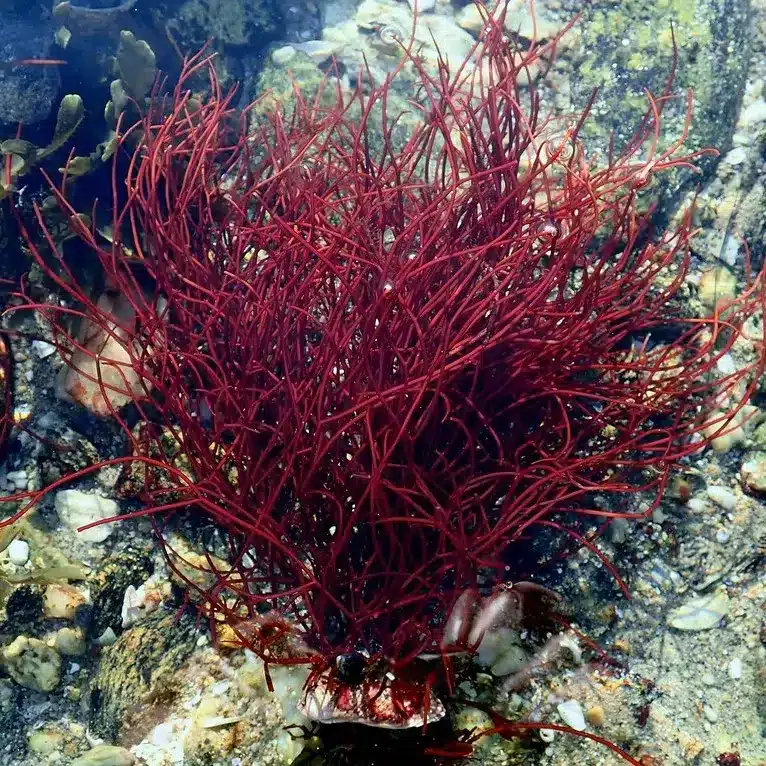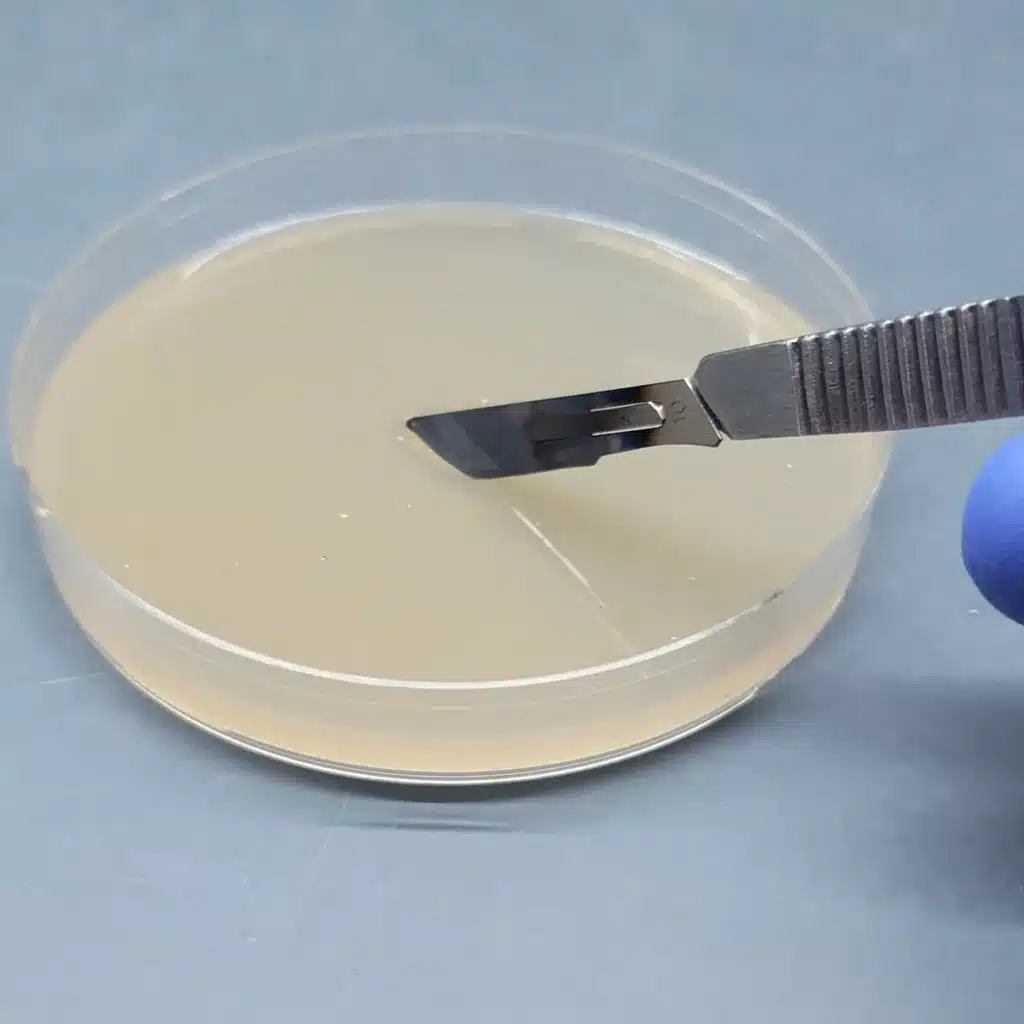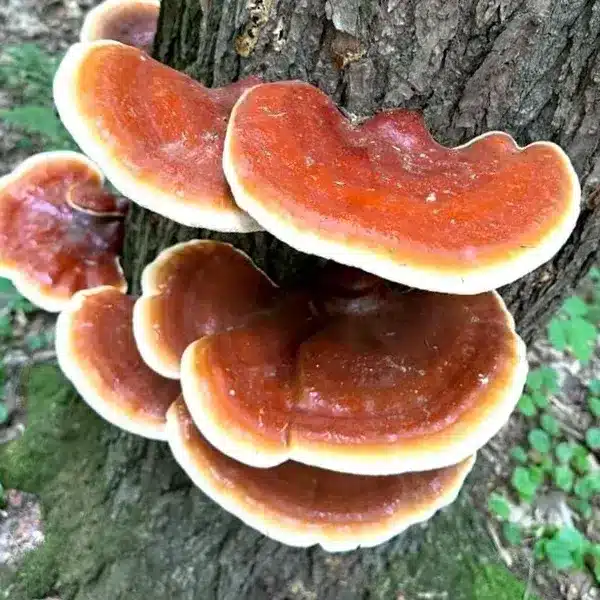Exploring Gracilaria-Based Agar: A Versatile Choice for Labs
In the world of microbiology and mycology, having the right agar medium can make all the difference in achieving consistent and reliable results. Gracilaria-based agar offers a cost-effective and versatile option, ideal for a wide range of laboratory applications. Let’s explore what sets this agar apart and why it might be the perfect fit for your research needs.

What Makes Gracilaria Agar Unique?
Gracilaria, a genus of red algae, provides a high-quality agar known for its adaptability and affordability. Here are the standout features of Gracilaria-based agar:
Cost-Effective Solution: Gracilaria agar is more affordable, making it an excellent choice for large-scale projects or institutions working within budget constraints.
Reliable Gelling Properties: Gracilaria agar still provides sufficient firmness and clarity for a variety of microbial and fungal cultures.
Cultivated Sustainability: Gracilaria can be cultivated in controlled environments, reducing the impact on marine ecosystems. This sustainable sourcing makes it a more environmentally friendly option.

The Science Behind Gracilaria
Gracilaria is a diverse genus of red algae with over 150 species found in marine environments worldwide. Its flexibility in cultivation allows for large-scale production, which contributes to its accessibility and cost-effectiveness.
Learn more about seaweed aquaculture in this guide.

Applications of Gracilaria Agar in Research
Routine Microbiology: Ideal for general bacterial and fungal cultures, particularly in teaching labs or high-volume research facilities.
Mycology Studies: Its affordability and adaptability make it a go-to choice for growing and studying various fungi.
Plant Tissue Culture: The reliable gelling properties of Gracilaria agar make it suitable for supporting plant tissues in propagation studies.
For more insights into how agar is used in mycology, explore this guide to mycological applications.

Sustainability and Sourcing
One of Gracilaria agar’s most significant advantages is its sustainability. Cultivation in controlled environments reduces strain on wild seaweed populations and supports the demand for eco-conscious lab supplies. Learn more about sustainable aquaculture practices here.
Why Choose Gracilaria Agar for Your Lab?
If you’re looking for a balance of quality and affordability, Gracilaria-based agar is an excellent choice. Its reliable performance across various applications, combined with its sustainable sourcing, makes it a practical option for both microbiology and mycology labs.
Ready to incorporate Gracilaria agar into your work? Check out our full range of agars to find the perfect match for your project. Have experience with Gracilaria? Share your tips and results in the comments to help the community grow!


